Key Takeaways:
- How do you sell Pi as users face multiple roadblocks?
- Pi cannot be accessed globally; thus, it cannot realize its value yet, making sales limited;
- So, tread carefully around projects with high upside and little work to be done when it comes to value uncertainty.
What Is Pi Network? Unveiling The Promise
Pi Network recently entered the crypto world in 2019 promising to be a cryptocurrency for all, one that could be mined instantly on your mobile. Forget costly mining rigs, all you needed was the Pi Network app and a daily tap of your phone to “mine” Pi. This “free mining” model quickly brought in millions of users, lured by the prospect of effortless crypto profits.
Yet years later, that central question still remains: Can users really sell the Pi they’ve so painstakingly mined? Listings on recent exchanges had people all excited, but does that really mean profit or just a nice form of marketing? Let’s dig deeper.
Why an Exchange Listing Doesn’t (and Shouldn’t) Add Value to Pi Network
Pi was listed on a number of exchanges in early 2025, including OKX, HTX (formerly known as Huobi), and BitMart. The Pi Network community rejoiced, feeling confident that they could cash out after years of “mining” — a process in which users download an app and press a button once a day.
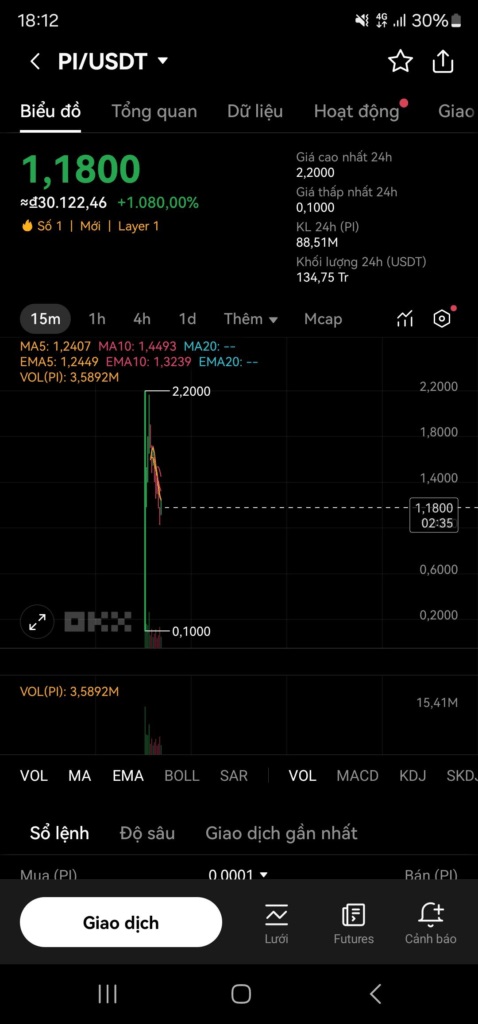
Pi is listed on OKX exchange
But here’s the catch, and it’s a big one:
- The Pi on the exchange is probably not the same Pi that users have in the Pi Network app. It is important to understand this. It’s like having a coupon for a product that hasn’t hit shelves yet.
- Trading is typically restricted to certain accounts, preventing most users from moving Pi to the exchanges and selling it off. You can think of it almost like a sale that’s only open to VIPs — everyone can see, but only some can buy.
- Withdrawals and conversion into other assets are highly restricted, if permitted at all. And that means that even if you can trade, extracting your money can often be a bureaucratic disaster ramped up to 11.
This raises a fundamental question: Is the Pi token listed on exchanges the same as the Pi coin that millions of users are holding? If the Pi that exchanges are trading isn’t the same Pi as everyone else’s Pi, then what’s the point? Is it a mirage of value? A “Pi proxy,” as it were, that puts a market completely separate from the actual reality of user-held Pi, back into play on crypto exchanges.
The Paradox Of Supply And Demand: Who Is Buying Pi?
Supply and demand are basic tenets of finance. When there are more sellers than buyers, the price of an asset crashes. But the question remains, who is really purchasing Pi at these exchanges?
- FOMO Investors: Some investors buy speculatively driven with the fear of missing out and therefore believe that the value of Pi will soar in the future. Which is often filled with hype and inadequate details.
- Trading Bots and Market Makers: This is another trick exchanges use; they create fake liquidity with bots, making the Pi market seem a lot more active and stable when in reality it is not. This can be misleading.
- The Pi Network Team Itself?: One often-cited theory is that the Pi Network developers are, in fact, intentionally controlling the market — buying and selling to drive up the price. This raises serious ethical issues.”
“I remember when Dogecoin was surging,” says crypto enthusiast Alex Thompson. “Everyone jumped in, hoping to get rich quick. But it was all based on hype. Many got burned when the price crashed.” This mirrors the potential risks around Pi.
Pi holders, as said, are not extra hopeful and are aiming to take some profits. There is little need for tons of Pi for some real world use case in commerce. This asymmetry puts downward pressure on the value of Pi and creates a huge challenge for Pi to grow sustainably.
When It Comes to Selling Your Pi, A Minefield of Problems
However, even with exchange listings, most users cannot sell their Pi to the hurdles:
KYC Nightmares
The Know Your Customer (KYC) verification is a must for trading, and many users are awaiting their KYC process. Without it, you have a locked Pi.
- With some users waiting for up to three years for KYC approval, the KYC process is extraordinarily slow.
- Without clarity, accounts are frequently denied and users may feel frustrated and uncertain.
At the KYC stage, there is something of a sore spot: a centralized entity gate-keeping access to a “decentralized” cryptocurrency.
Limitations on Transfer of Pi to Exchanges
The pi cannot be transferred to exchanges even for those who have gone through KYC successfully because:
- The Pi ecosystem isn’t yet fully realized. The Pi wallet is typically unable to connect directly to exchanges.
- Even more news at this moment in time, the Pi Network developers put limits on the transferability of user Pi.
It’s basically a winning lottery ticket that you get but cannot redeem.
Haunting Us with Long-Term Locking
It is very much rumored that Pi could be locked up until 2026 or 2028 (or later) so that no one can either use and trade it for years. It can be a way to keep users as they delay the consequences of liquidity problems.

Status “In queue”: Need to wait before transfer Pi on to exchange, but do not know how long…
There is an element of uncertainty in the delay. How much longer will users have to wait to access their Pi?
The Dangers of “Technical Glitches” and Policy Changes
- If too many people attempt to sell at once, the system could face “technical difficulties” or need some “maintenance.”
- Policies might be updated unexpectedly, with further difficulty in withdrawing Pi.
- There are unexplained errors which might make users lose Pi.
This uncertainty has led to growing distrust toward the network and its long-term stability.
Is Pi Network A Scam? Its Intent and Outcome Have Been Questioned
Given the current situation we can speculate: Pi Network is a project where the target is to:
- Free of charge get potential users in millions
- Keep them for years, making ever more promises of future value.
- Monetization potential of the user engagement itself (ad revenue, data collection, etc.)
- Manage money-making and determine liquidity for the benefit of a handful of people who stand behind the project.
Well, some believe Pi will eventually have value given the ecosystem it builds. But the truth is there’s no guarantee that any users will be able to sell their Pi at all.
More News: How to Know if It’s a Cryptocurrency Scam
The Verdict: Is Pi Selling In Reality?
The real-life answer is NO (or at least, very hard):
- This means that the vast majority of users still are unable to transfer their Pi to exchanges.
- There are too many obstacles given the KYC system and the guidelines of the Pi Network.
- It is impossible to create value for Pi, since supply far exceeds demand.
- There exists a high risk of the developers manipulating the market.
So will anyone who has been “mining” Pi for years ever receive fair compensation? Or is that a pipe dream that will never come to fruition?
Note: This specific project has gotten warnings by Vietnam’s Ministry of Public Security for potential pyramid schemes These warnings should be taken seriously by investors.
Or as Maria Jones, a US-based Pi holder said; “If everyone is waiting for Pi to be listed to sell and make a profit, who is going to buy?” Such a simple question that summarizes the biggest problem that Pi Network has.
And so the big question you, as a Pi holder, should be asking yourself is: “If I’m never going to be able to sell my Pi, does my Pi have any value whatsoever?
“Get-rich-quick” schemes have been around as long as people have been investing, so before you invest your time and/or money in any project, do your research and be cautious. Also do not let this excitement mislead you. Always do your own due diligence before getting involved in a project.
Is Pi Network Making History (In A Good Way)?
Still, some outlets are declaring Pi Network has already become the most valuable airdrop in crypto history. As evidence, they cite the launch of the Mainnet, and the listing of the token at exchanges. But those claims should be treated with caution.
The reports of Pi Network’s airdrop surpassing Uniswap’s in value should be taken with caution due to the restrictions noted in this article. Its limited background and centralized design make it hard to believe that Pi Network’s airdrop holds real value.
Claims made about Pi Network’s success should be approached with skepticism.
Recent Price Volatility: A Whirlwind Tour
Pi’s price volatility following the launch of the Open Network (The initial listing had it priced at $2 per Pi, then it dropped below $1 before bouncing back and forth thereafter.)
This has led to many users feeling disappointed with the price, noting a gap of expectations vs reality. The speculation surrounding Pi’s value and the risks involved in trading it are further underscored by this volatility.
The post Is Pi Network the Next Cryptocurrency Revolution or Another Hype Train? Can You Really Cash Out? appeared first on CryptoNinjas.

You can get bonuses upto $100 FREE BONUS when you:
💰 Install these recommended apps:
💲 SocialGood - 100% Crypto Back on Everyday Shopping
💲 xPortal - The DeFi For The Next Billion
💲 CryptoTab Browser - Lightweight, fast, and ready to mine!
💰 Register on these recommended exchanges:
🟡 Binance🟡 Bitfinex🟡 Bitmart🟡 Bittrex🟡 Bitget
🟡 CoinEx🟡 Crypto.com🟡 Gate.io🟡 Huobi🟡 Kucoin.


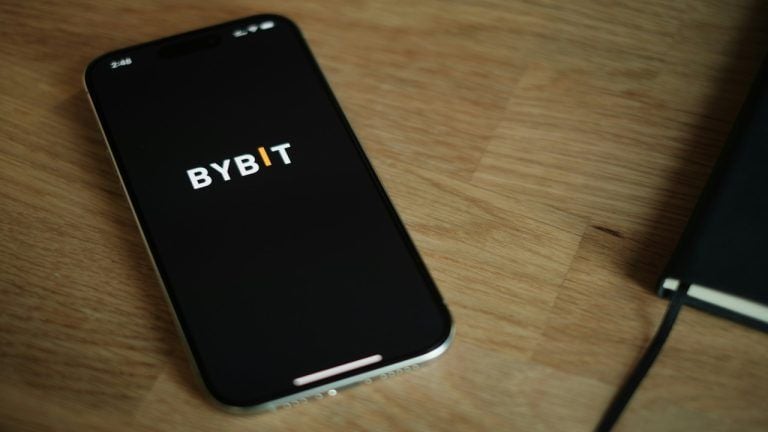
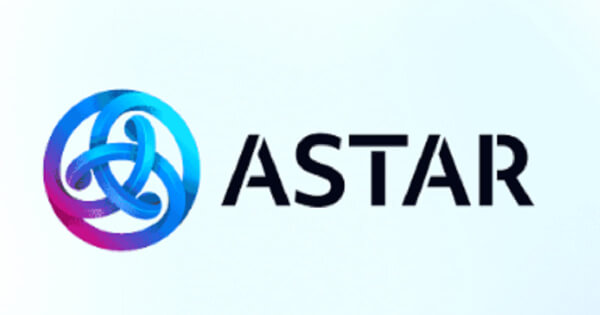
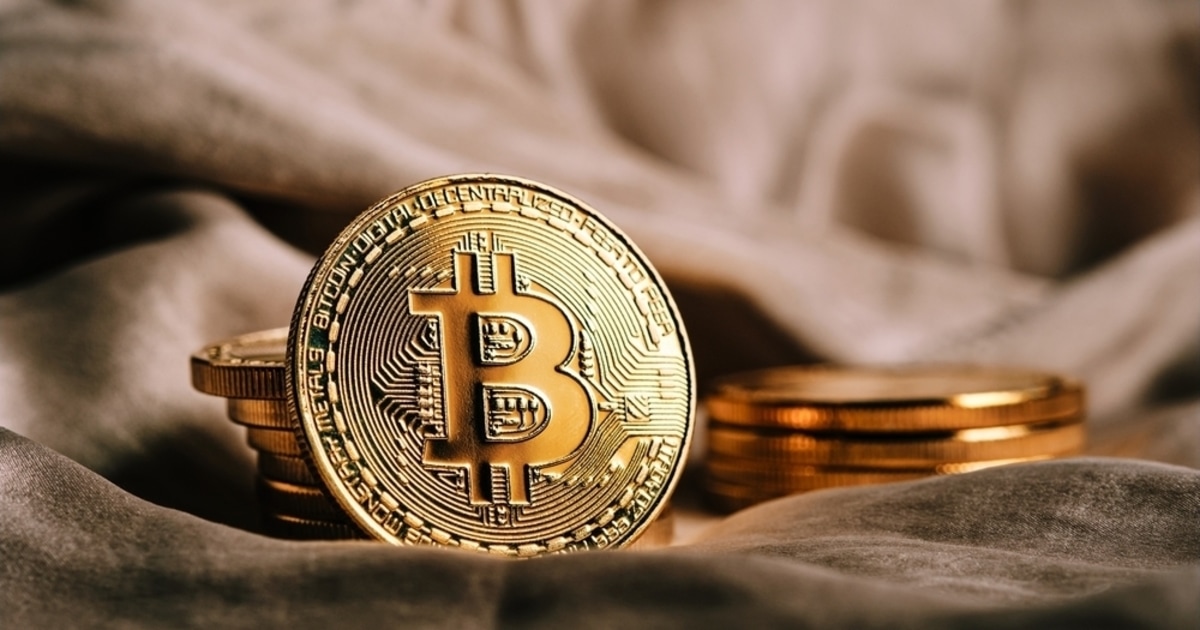
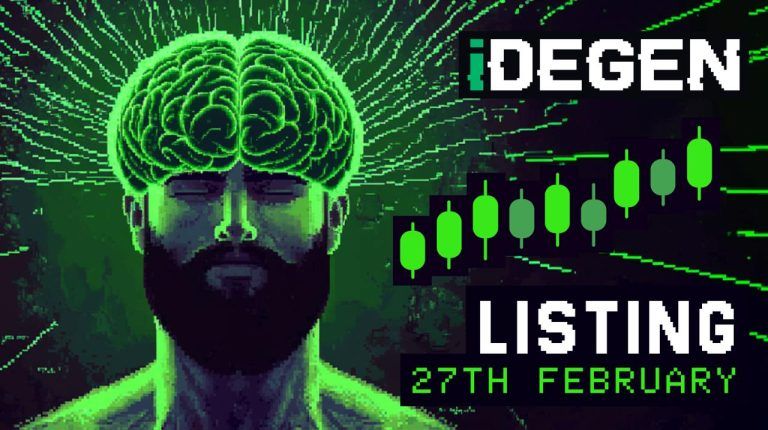
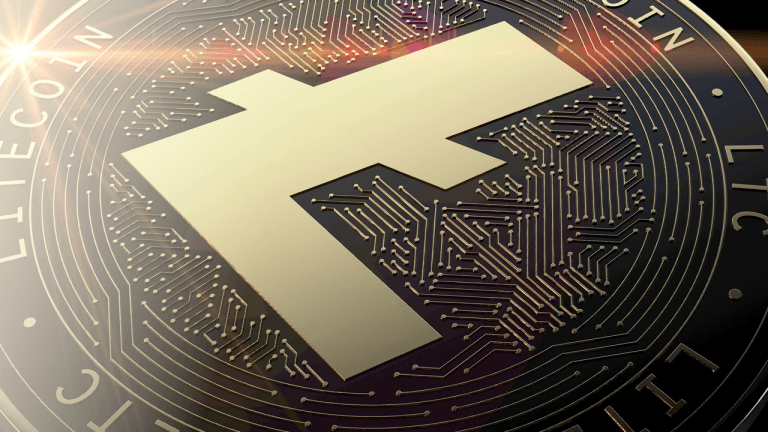
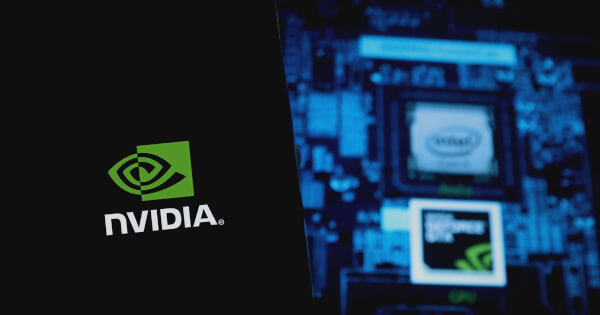
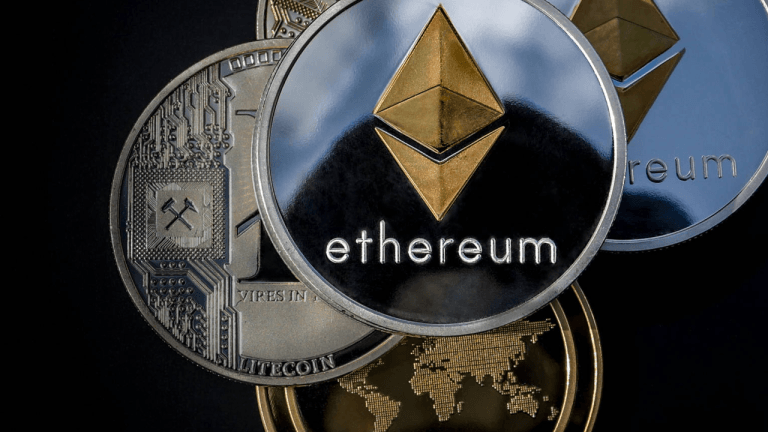
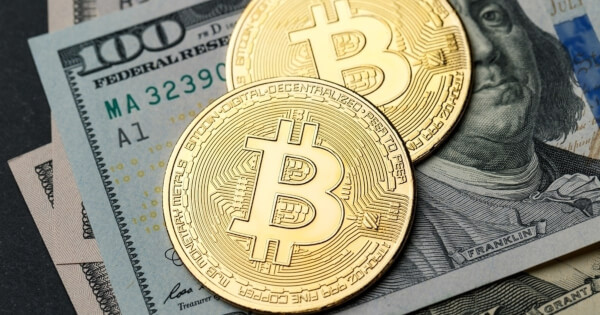



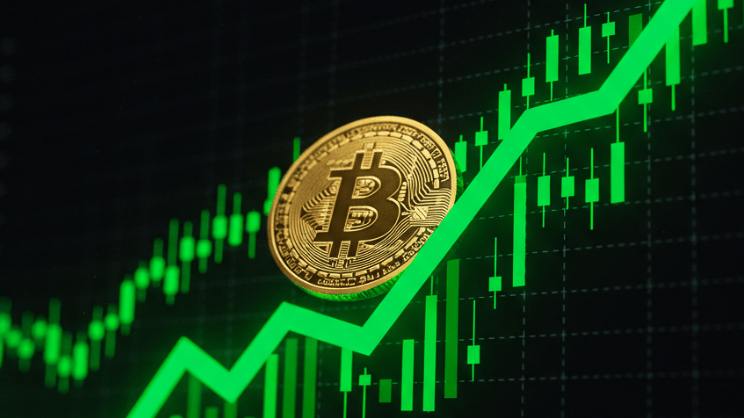

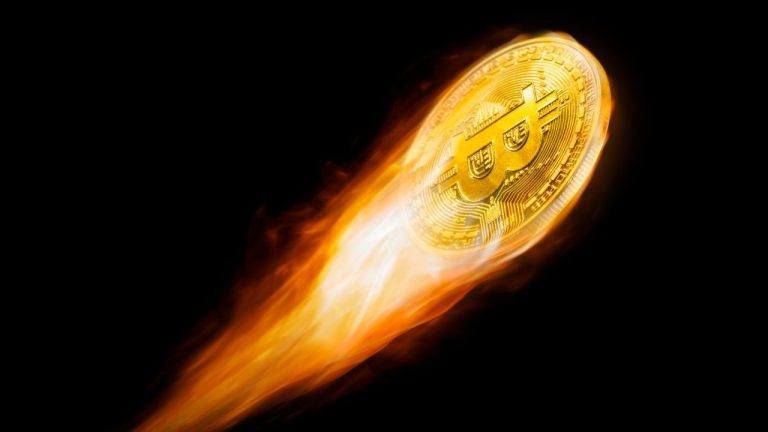


Comments